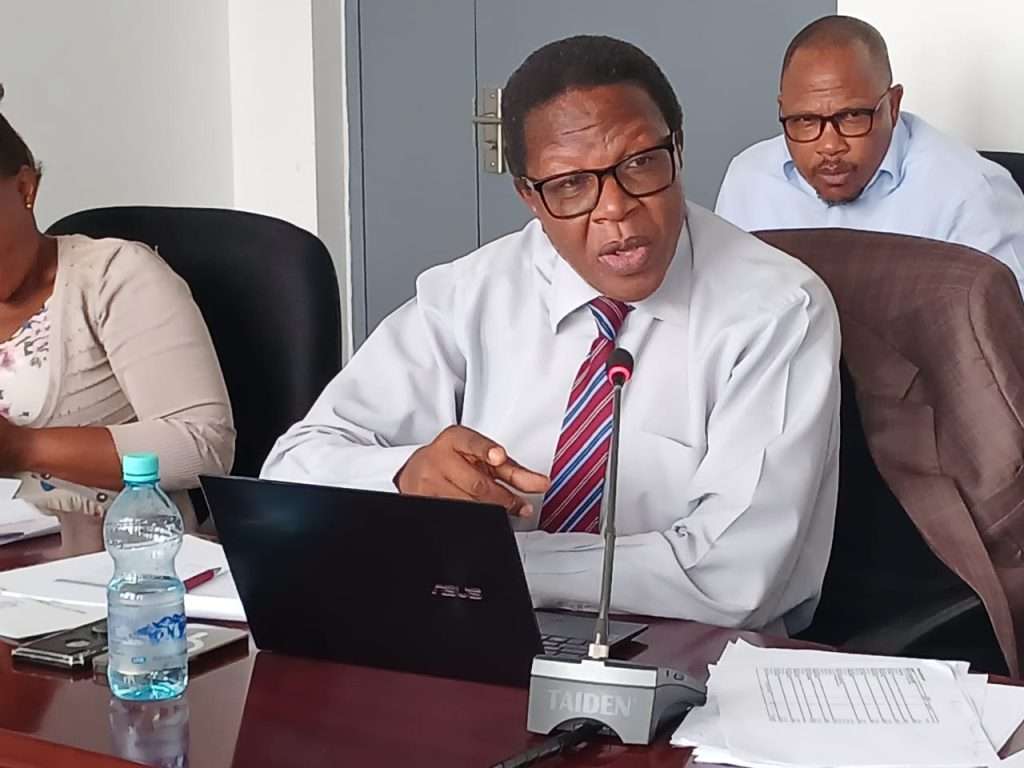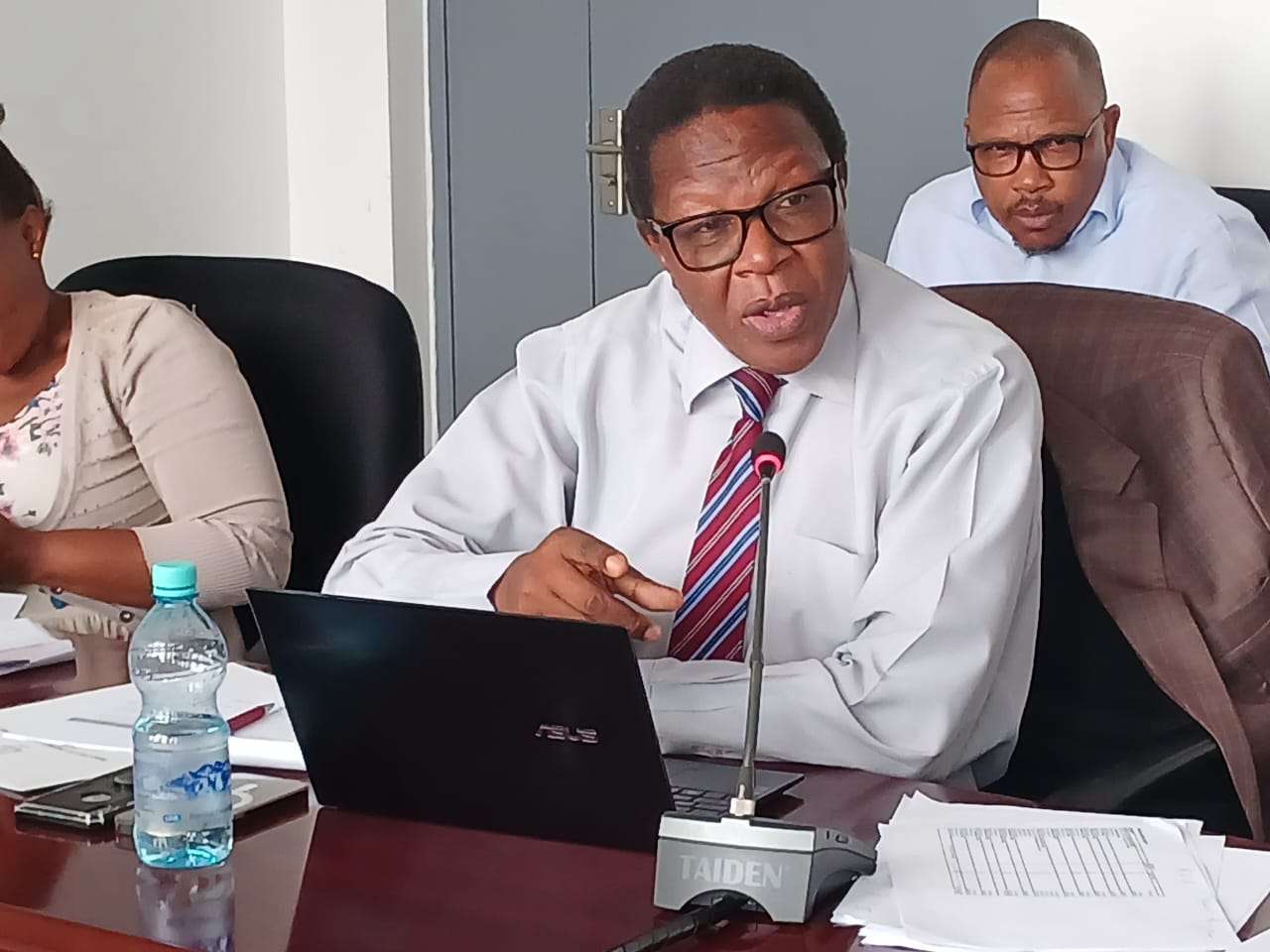Mahao Acknowledges Challenges Amidst Grossly Inflated Ramarothole Phase I Costs
6 March 2024 by Monyane Khau

Energy Minister, Professor Nqosa Mahao.
Lesotho is set to invest M900 million in the construction of Phase II of the Ramarothole Solar Generation Project, representing a significant reduction of M500 million compared to the M1.4 billion expenditure for Phase I, which delivered 30 MW of power.
The M900 million cost for Phase II includes the generation of 50 MW of energy along with storage infrastructure.
Energy Minister, Professor Nqosa Mahao, credits the cost reduction to the rigorous negotiations led by Lesotho to secure funding for Phase II from the EXIM Bank of China. Allegations suggest that Phase I of the Ramarothole solar power generation project was grossly inflated to accommodate kickbacks for politicians.
“Clearly there were challenges in negotiating Phase I,” Prof Mahao told the Natural Resources Portfolio Committee on 28 February 2024.
He added: “There is general belief that Phase I became a little too expensive, but adjustments were made to build the transmission line from Ramarothole to Mofoka and Mazenod. This is where Lesotho put through tough negotiations, saying this was too costly.”
He explained that the funding for Phase II was negotiated based on the lessons learned from Phase I. This is why Phase II, despite producing nearly double the electricity of Phase I, came at a lower cost of M900 million. Phase I cost Lesotho M1.4 billion.
“There was hard bargaining on Phase II, including the storage in it,” Prof Mahao said.
Because of hasty negotiations on Phase I, riddled with allegations of bribery by politicians who served under former Prime Minister Thomas Thabane, Lesotho built the Ramarothole Solar Generation Plant on a massively degraded land.
In November 2020, Lesotho Times reported that the solar power generation industry estimated the infrastructure cost to produce 1MW of solar power at US$1 million (about M16.29 million).
However, the government had agreed to an inflated cost of US$2.5 million per 1MW. This translates to a projected total payment of US$175 million (about M2.8 billion) for the Ramarothole project to produce 70 MW of electricity, instead of the anticipated US$70 million (about M1.1 billion). This marked a significant discrepancy and raised concerns over potential exploitation of the Basotho people.
Prof Mahao said lessons learnt from Phase I of the Ramarothole project included badly done Environment Impact Assessment reports.
“Yes, these are experiences that we have had and on the issue of EIA (Environmental Impact Assessment), you can see that it was badly done on Phase I. We are going to be far off vigilant in Phase II and exercise absolute due diligence,” he said.
Today, the Ramarothole solar plant occupies severely degraded land, prompting the Ministry of Energy to announce plans to invest millions in rehabilitating the area.
“There is land degradation and soil erosion at Ramarothole project construction site, we are already addressing that. We started addressing it in November, but we had a small funding. This year we have enough funding to rehabilitate the dongas that are worrisome,” Ministry of Energy’s officer, Mantšabeng Lifalakane, said.
Lifalakane clarified that the M50 million contribution from the government of Lesotho towards the Ramarothole project would serve several purposes.
Firstly, it would cover the retention fees for the contractor responsible for constructing the Mofoka switching station.
Secondly, it would be allocated to compensate individuals affected by the project for land acquisition related to the power plant construction and access road development for transmission lines.
Additionally, these funds would be utilized to settle taxes for Phase II materials imported from China upon their arrival at the Durban harbor in South Africa.
“(We are going to) implement soil conversation activities, the bulk of the M50 million budget from the government of Lesotho will be used to implement the soil conservation activities under Phase II,” Lifalakane said.


